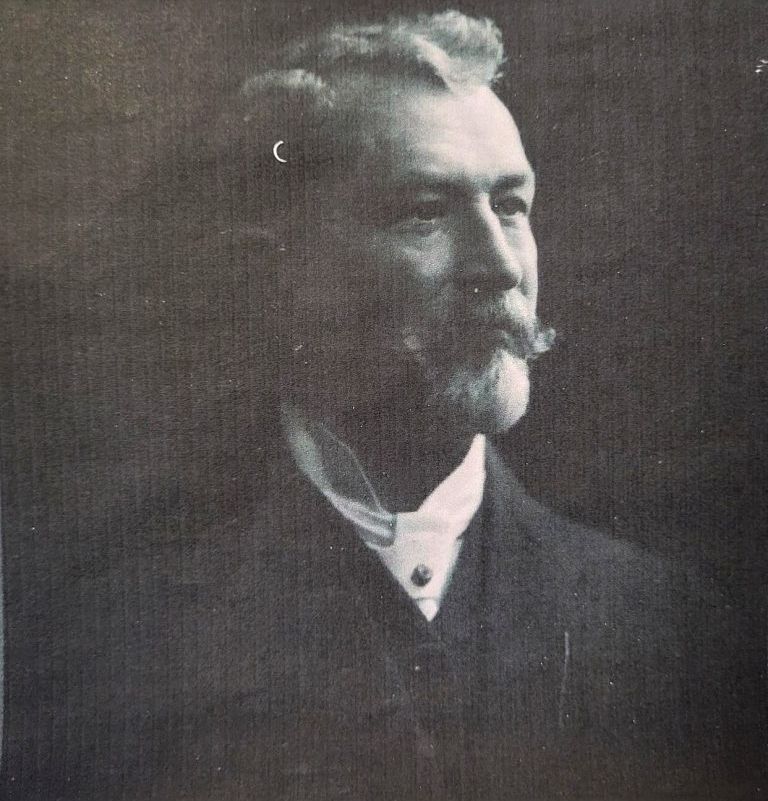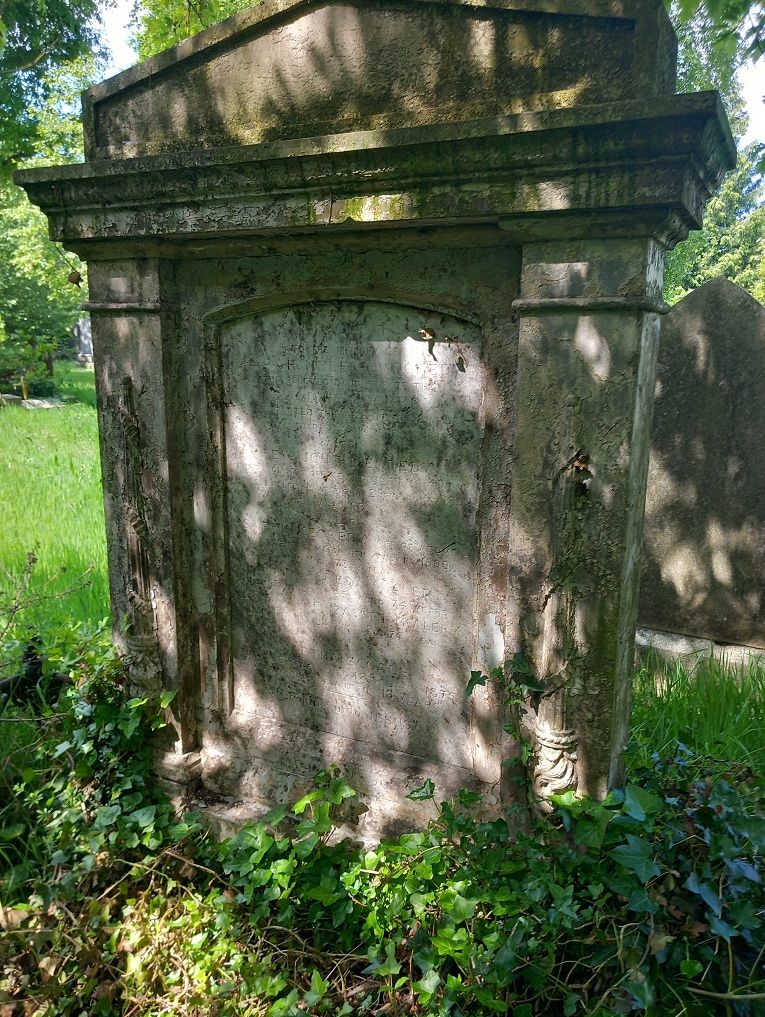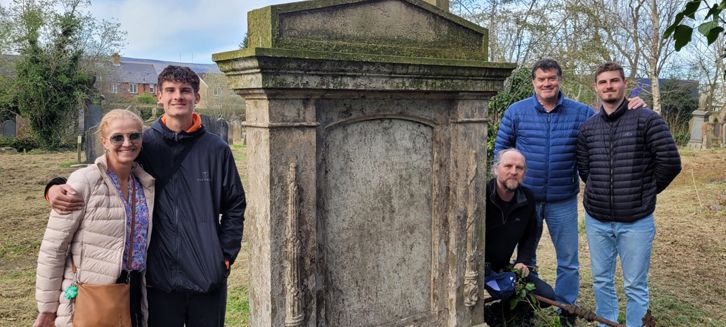In Memory of John McCredy McAlery -
Founder of Irish Football.
An exemplar to us all?
There is little doubt that John McAlery was the pivotal figure in the coming of Association football to Ireland. Off-field he was the initial Secretary of the island's first over-arching football organisation, the Irish Football Association based in Belfast. The Dublin-based Football Association of Ireland would follow in 1921. On-field he was from full-back the country's first captain. But those are the easy facts. He, or rather his life within and outwith football, is rather more nuanced.
The story told of his introduction of the game to the Emerald Isle came after he, already a cricketer with Cliftonville C.C.,, whilst on his honeymoon in Scotland saw a football game, was enthused and as a result was able to persuade two Glasgow teams, Caledonian, itself an off-shoot of a cricket-club and playing at Burnbank, and Queen's Park, then at the first Hampden, to travel to Belfast there to play a match, essentially a demonstration-game.
That fixture took place on 24th October 1878, four days after both teams had successfully competed in the Second Round of the Scottish Cup. It was won by Queen's Park 3-2. And just under a year later there followed the announcement of the opening to membership of an already formed, officially as of the 1st September 1879, Cliftonville Football Club with the Irish Football Association, modelled on the Scottish FA, founded the following year.
It's a nice tale but with a major problem. John McAlery is said to have married Susan Elizabeth Mecredy on the 29th August 1879. If correct the supposed honeymoon was a year early or there was another explanation for the trip across the water. And that might have been business. John McAlery was a draper to trade. He had or would run the successful Irish Tweed House in Belfast's smart Royal Avenue but it seems unlikely it sold only cloth from Ireland. Scottish tweed would also have been on offer and that probably would have been sourced from the very Glasgow cloth and clothing businesses, where Queen's Park in particular had first seen the light and from which still drew players.

Then there is the question of not the origins but the the age of John McCredy McAlery himself. Some sources have him born, the son of a farmer from Rathfriland in Co. Down, in 1848 in 1849, his mother a McCready, which mutated somehow to McCredy. However, the censuses have his age as fifty in 1901, sixty in 1911 and an obituary seventy-five on his death in Belfast in 1925. He must therefore have been born in 1850 or early 1851, so when in Scotland was already twenty-eight to thirty and on his international debut, thirty-one to thirty-three. It explains his short playing-career.

Then there is the question of his wife. She appears to have more or less the same surname as his mother, maybe suggesting marriage within the family. But, as interesting as that may be, what really matters has been the state of his (and her) grave. They are buried in Belfast's Balmoral Cemetery with the stone itself having giving no indication at all of his import to the Irish and World game, its fabric in need of some cleaning and care and the weeds growing at its foot. But that has recently changed and very much for the good.

To its credit Cliftonville had not forgotten its founder. In 2014 the reconstruction of its Cage End had allowed its renaming as the John McAlery Stand and the placing of a blue plaque. But it has not stopped there. McAlery's eldest son moved to South Africa with descendants still living there, including in Durban. Contact between the club and them was made with the result that in April this year great, great-grandson, Michael McAlery, his wife and two of their children travelled to Northern Ireland, visiting the club ground, Solitude, and also the now cleared grave.
It has been a shining example of what can be done with commitment, effort and at relatively little cost, uniting in this case club and the Irish Diaspora. It is also one that could be extended with good will to Football Associations wherever; Scotland being no exception. And it also leads to an examination the general state of footballing graves, be they in Ireland, North and South, and, for our purposes, in Scotland too.
Community pride is important to social cohesion, now and in the future. In communities elsewhere, such as in Brazil, Chile, Spain Czechia and elsewhere, it is manifested with not just statues but also long-term and on-going care of graves. In Britain and Ireland, in the four nations that are forever the first incubators of the game there is little or nothing. Resting-places are overgrown, some unmarked, others toppled or crumbling. It is something that we at SFHG have made tangible efforts to change, examples breing Andrew Watson and Joseph Taylor with more to come. Supporter clubs on both side of the border have also done great work but perhaps now from Ireland with Cliftonville and its honouring of John McAlery we have finally at club level an exemplar for at the very least a more respectful and contributive attitude.
Back to the SFHG Home page